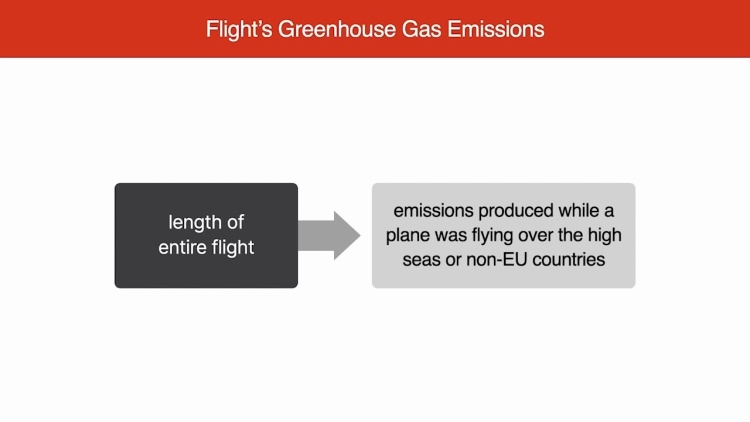Air Transport Association of America v. Secretary of State for Energy and Climate Change
Grand Chamber of the European Court of Justice
Case C-366/10, 2011 E.C.R. I-13755
- Written by Samantha Arena, JD
Facts
The European Trading Scheme (ETS) was developed to restrict greenhouse-gas emissions by setting mandatory caps on emissions each year. Initially, the ETS dealt only with power plants and other industrial businesses, but in 2008, the European Union (EU) (defendant) expanded the ETS to cover aviation by implementing the Aviation Directive (the Directive). The Directive covered flights arriving in or departing from any airport located within the EU, and provided standards for calculating emissions based on the entire length of the flight, including time flown over other countries and the high seas. After these total calculations, the airline would then be assessed for all emissions connected with the flight. The Directive was met with many objections, and in December 2009, three U.S. airlines and the Air Transport Association of America (plaintiffs) filed an action in the Queen’s Bench Division of the High Court of Justice of England and Wales. The airlines argued that the Directive had violated international-law limitations on jurisdiction through the Directive’s application to portions of flights occurring outside EU airspace. The action was referred to the European Court of Justice for consideration of the issue.
Rule of Law
Issue
Holding and Reasoning ()
What to do next…
Here's why 899,000 law students have relied on our case briefs:
- Written by law professors and practitioners, not other law students. 47,000 briefs, keyed to 994 casebooks. Top-notch customer support.
- The right amount of information, includes the facts, issues, rule of law, holding and reasoning, and any concurrences and dissents.
- Access in your classes, works on your mobile and tablet. Massive library of related video lessons and high quality multiple-choice questions.
- Easy to use, uniform format for every case brief. Written in plain English, not in legalese. Our briefs summarize and simplify; they don’t just repeat the court’s language.





